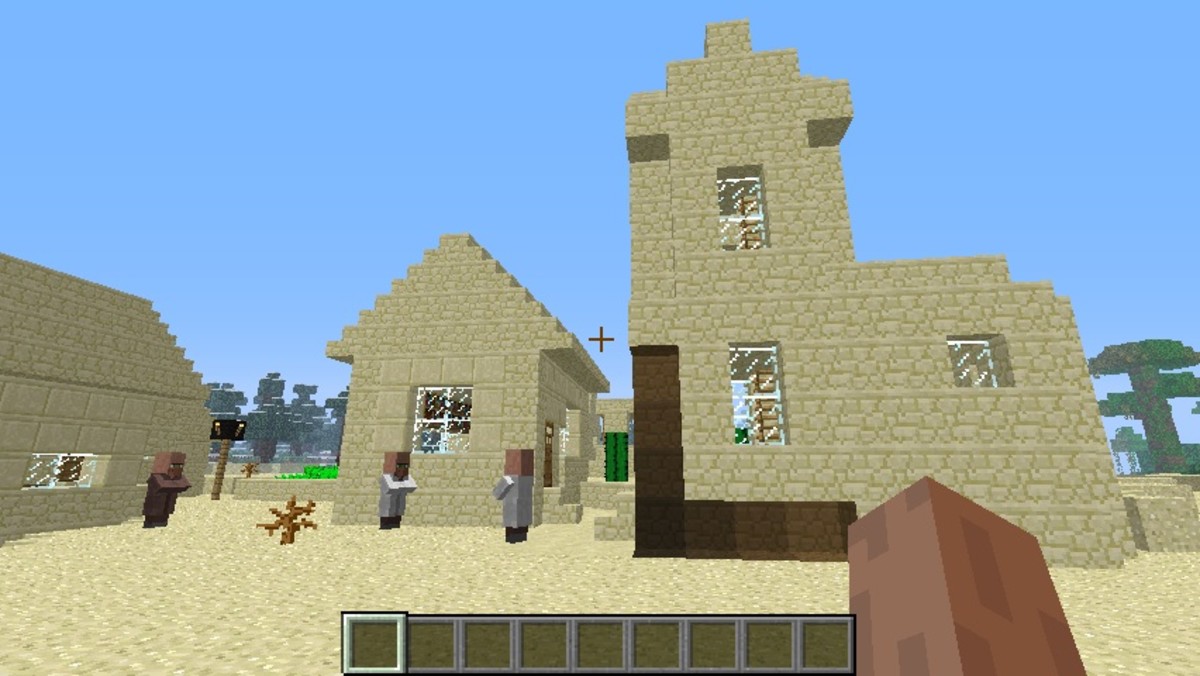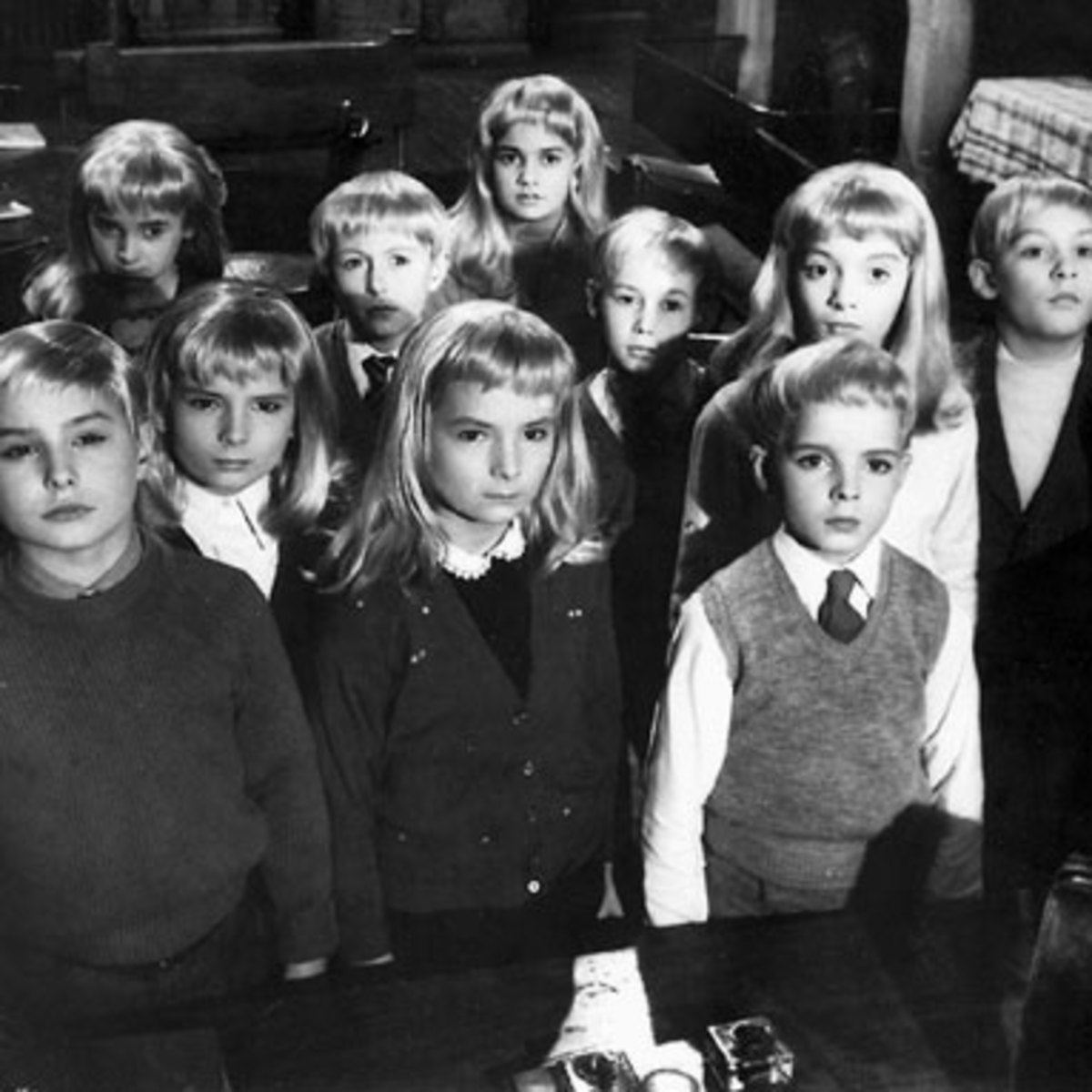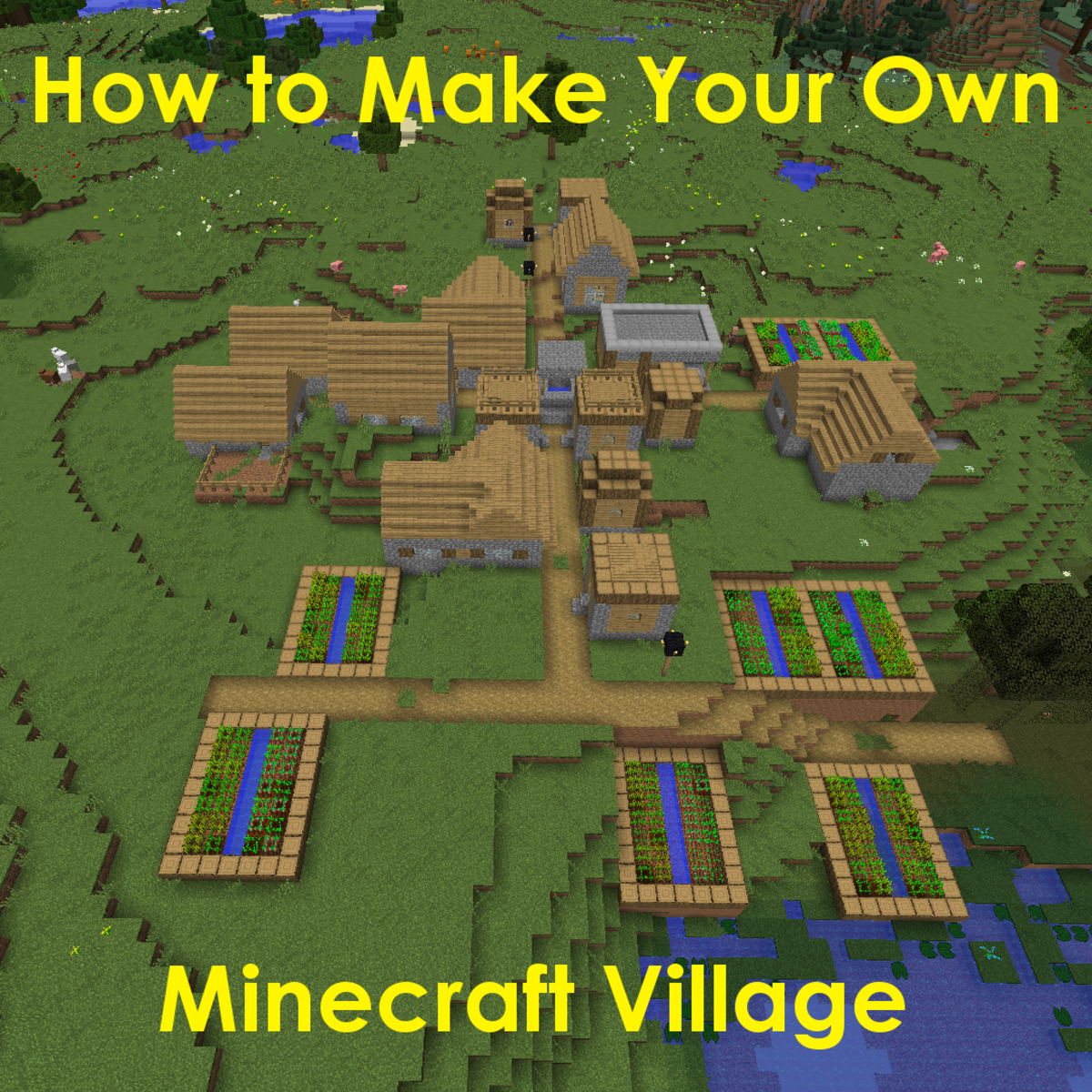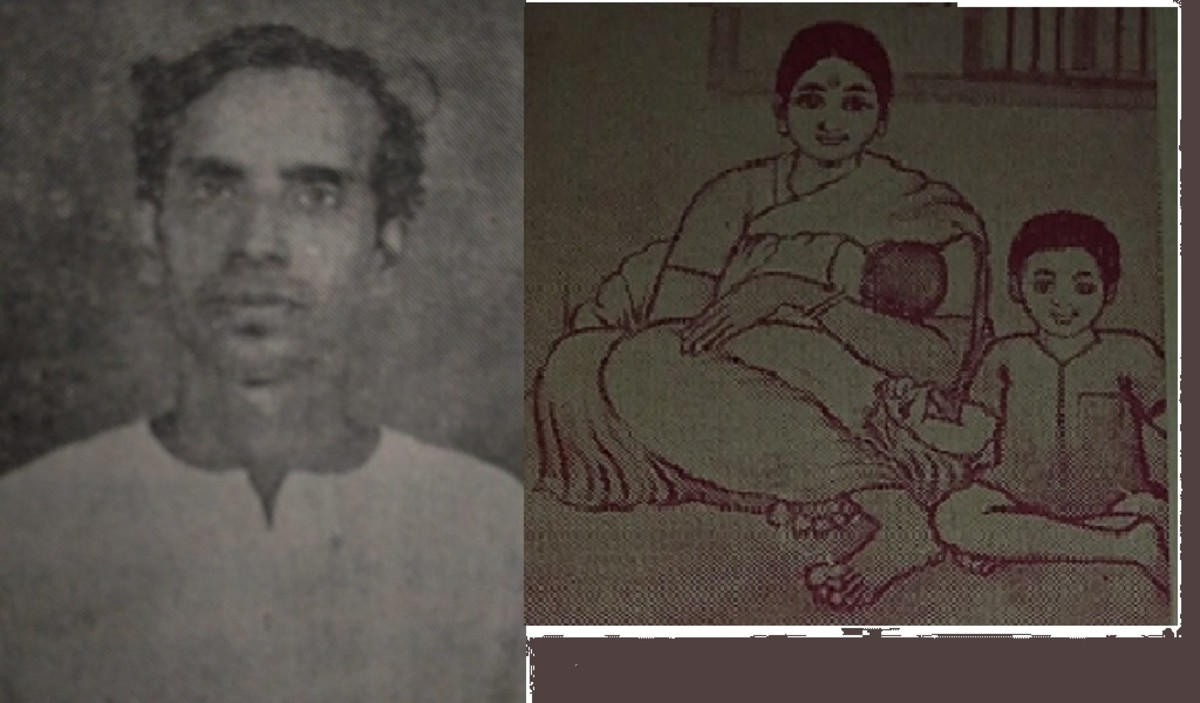Stone Soup - A Classic Children’s Story Enjoyed by Children and Adults
A Book Remembered from My Own Childhood
One of the books that I remember from my own childhood was a story that the teacher read to us when I was in kindergarten and was also read periodically by Bob Keeshan on his Captain Kangaroo television show.
The book was called Stone Soup and was a tale about three hungry soldiers who come upon a village while returning home, on foot, from a war.
The book, which was first published in 1947, was written and beautifully illustrated by Marcia Brown who won a Caldecott Medal that year for the book.
A Classic Folktale
The story itself is an old folktale with many variations. However, all of the variations are centered around the same theme of a hungry person or persons offering to trade a secret recipe for making soup out of water and an easily available, but inedible object such as stones, buttons, nails, etc. in exchange for real food.
Unlike today where food is so plentiful and available that our society’s problem with food is obesity, these stories were created in past eras when food was scarce and starvation was an ever present concern.
Wars, weather, insects, disease and other natural factors were a common threat to crops and livestock and any one of these common disasters could destroy crops and livestock leaving villagers with little or no food for the coming year.
A second aspect of the story is that while food was not plentiful, it was not totally scarce either. Peasants had long experience with tax collectors and marauding soldiers trying to confiscate their food and, as a result, had learned to quickly hide their food supplies when tax collectors or soldiers were in the area.
Of course the soldiers were not dumb and knew that the villagers had food. The challenge was to gain access to the food. Since three tired soldiers against an entire village was not good odds, the soldiers were forced to use persuasion.
While Obesity is a Problem Today - Hunger & Starvation Were the Big Problem in Times Past
With access to sufficient food being an everyday concern, it is not surprising that peasants in the countryside were open to listening to the ideas of these charlatans who claimed to be able to make a soup out of stones or the other non-food objects.
Once the person with the recipe got the interest of the people he would proceed to begin boiling water with the stones or other object in it. As he stirred the mixture over the fire, the soldier would begin to casually begin mention that the soup could be improved by the addition of other food objects such as potatoes, carrots, dried meat, etc. He would mention just one item and that would result in someone with a supply of that item offering to go home to see if he or she could find piece or two of the desired ingredient in some corner of their home.
In this way the skeptical villagers became caught up in the process and began to volunteer that they just might have a potato or two or carrot laying around and go off to get the food item to add to the soup. This process continued as the soup simmered and, by the time it was ready to be eaten, it was a real soup.
Marcia Brown's Story is Based on the French Version of the Folktale
Marcia Brown took the French version of the fable which had soldiers as the ones offering the stone soup recipe.
In addition to producing a very interesting retelling of the old folktale, she also produced some eyecatching illustrations to accompany her text.
While the story itself is great, it is her illustrations which set this book apart and make it memorable. While many years have passed since this story was read to me as a child, the story and pictures remain in my mind.
In Brown’s rendition, the soldiers were three, rather likable, soldiers making their way home on foot after being discharged.
While I don’t recall any particular era of history being mentioned in the story, the soldier’s uniforms and the dress on the villagers as depicted in Brown’s illustrations closely resemble those worn at the time of the American Revolution.
This would place the story in the late eighteenth or early nineteenth century.
Story of How 3 Soldiers Win Over a Village
The story opens with the three soldiers, tired and hungry, spotting a village in the distance.
The soldiers long for a good meal and a comfortable bed, but they know from past experience that they will not receive a friendly reception from the villagers. They also know that the canny villagers will have spotted them and have their food well hidden before the soldiers will reach the village.
The result is that the soldiers are initially greeted by a group of sullen villagers who immediately inform the soldiers that they have no room in their homes to put the soldiers up for the night and no food for themselves let alone any to share with the soldiers.
The soldiers respond by saying that they could make a batch of stone soup that could feed everyone - but only if they had a large kettle, which they didn’t. One villager immediately takes the bait and volunteers that he thinks he might have such a kettle somewhere in his home.
The kettle is produced, is filled with water and three large stones. It is then placed over a fire to heat and cook the stones.
As they stir the simmering soup the soldiers comment that, if they only had a bit of onion the soup would have better flavor. This spurs a villager to come forward and volunteer that he may just have an old onion in his home.
The soldiers continue with the if only we had a bit of … line and each time a villager pretends to remember that he or she thinks there is a bit of that item in his or her home.
In the end there is a whole kettle of great tasting soup. The soldiers and villagers then sit down to an evening of feasting and dancing in the village square after which each of the soldiers is invited to a villager’s home and given a bed to sleep in for the night.
This Classic That is now Widely Available on the Web
Like all well told folktales, Marcia Brown’s well written and well-illustrated Stone Soup is an entertaining book for both a child and the adult reading it to the child.
Unfortunately, I was unable to find it in the library or bookstores when my children were young. However, thanks to the Web and eCommerce, copies can now be purchased from numerous vendors on the Internet.
© 2011 Chuck Nugent









